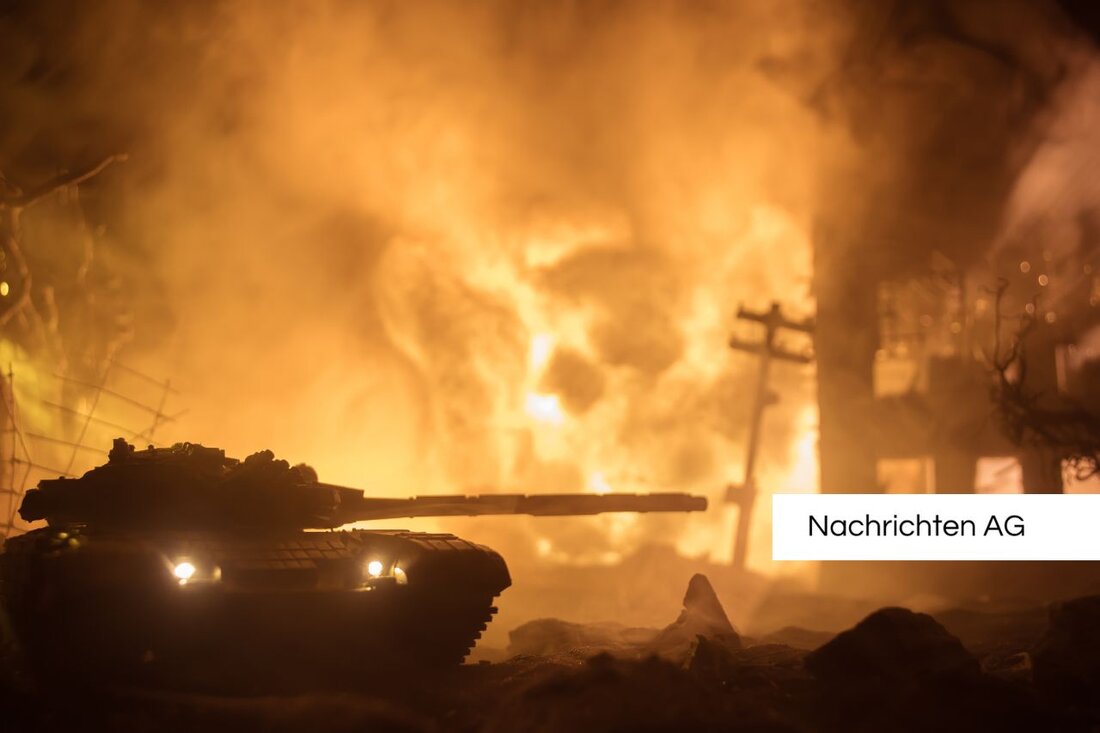Iconic victories: Chaldejs and Eisenstaedt's pictures shape the story

Iconic victories: Chaldejs and Eisenstaedt's pictures shape the story
Wiener Neustadt, Österreich - On May 31, 2025, we can look back on one of the most formative moments of the Second World War. On May 2, 1945, the Soviet war photographer Jewgeni Chaldej photographed the iconic picture of a Red Armymist who has a Soviet flag at the Reichstag in Berlin. This picture, which symbolizes the victory over Nazi Germany, became an emotional anchor for generations and is still a powerful symbol of the end of the war. Historian Hanno Hochmuth emphasizes that the photo was taken "too late and too early" due to its history, since the storming of the Reichstag took place the night before, while the war in Europe only officially ended with the surrender on May 8. Oe1 documents that Chaldej in Berlin took numerous photos that was the greatest famousness that day.
The symbolic meaning of the Reichstag should not be underestimated: In 1933 the Reichstag fire took place, which initiated the persecution of the communists. This is exactly where the soldiers of the Red Army have the flag, which gives the picture an even deeper historical dimension. As a result, Chaldej was not only celebrated as a photographer, but also as a survivor: he had lost his mother in a pogrom and was confronted with anti -Jewish reprisals after the war. His stories and those of his pictures were prepared and continued by Erich Klein and Roman Tschiedl in a television program. rbb24 emphasizes that despite its staging, a deeper truth about the victory of the red poor over National Socialism transported.
The art of war photography
war photography is an art that is deeply rooted in history and has become popular since photographic reporting. The first forms of photographic presentation of war were already created in the Crimean War and in the American Civil War. These pictures were often staged or manipulated, as a review of the techniques of World War II shows. The Federal Center for Political Education describes that photographers were restricted by censorship and often had to work with the presentation of a clean war, where death had to be tabooed, where death was tabooed was.
Another iconic picture from this time is the photo of Alfred Eisenstaedt, which was taken in New York on August 14, 1945. The image of the kiss of a sailor and a nurse on the Times Square celebrated progress in the end of war and achieved worldwide celebrity. Eisenstaedt, who fled to America in 1935 in 1935, became one of the most celebrated photojournalists of the 20th century and made a lasting impression with his pictures. His work and that of Chaldej were recognized in various photo books and documentaries that highlight the cultural importance of these photographs.
A look into the future
A current special exhibition entitled "Wehrmacht soldiers & Red Army Mint. 80 Years of the War" can be seen until August 31, 2025 and is devoted to the events around the end of the war. The exhibition takes the viewers on a journey through time, in which pictures were not only documents, but also strong symbols that shaped the taste and awareness of an entire generation.
Thus, the works of Chaldej and Eisenstaedt show how inseparable art and history are associated. We will be excited to see what other stories will be told about their art and the legacy of the war in the next few years.
| Details | |
|---|---|
| Ort | Wiener Neustadt, Österreich |
| Quellen | |
